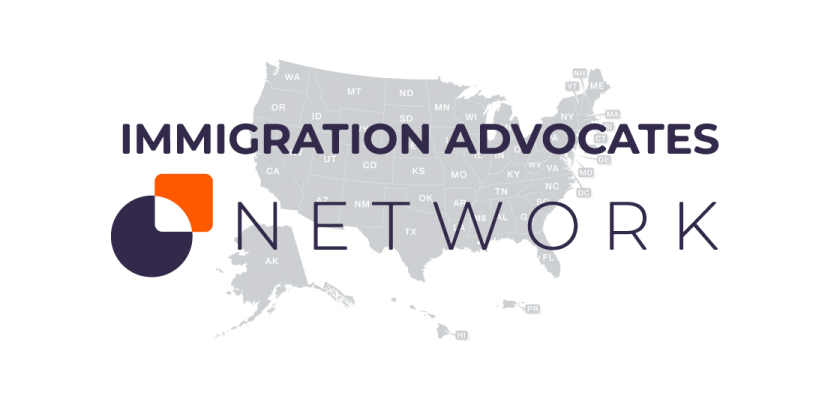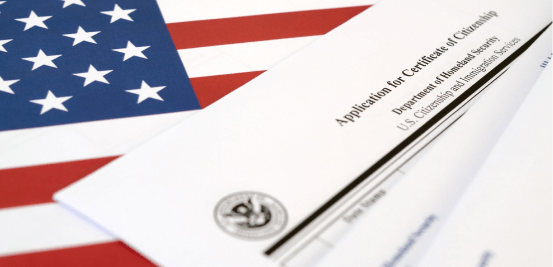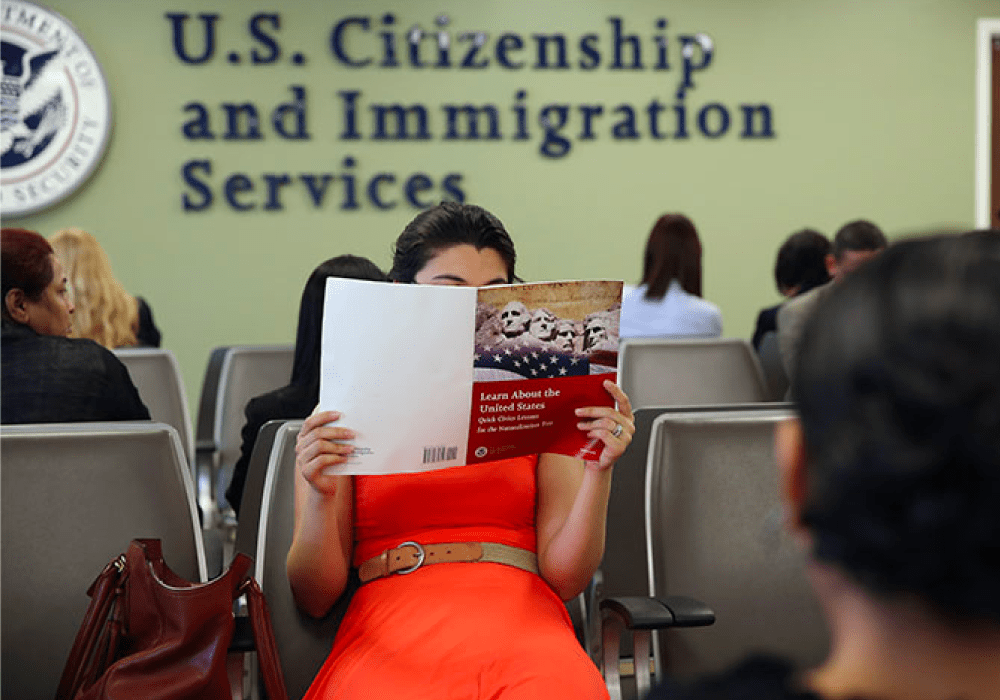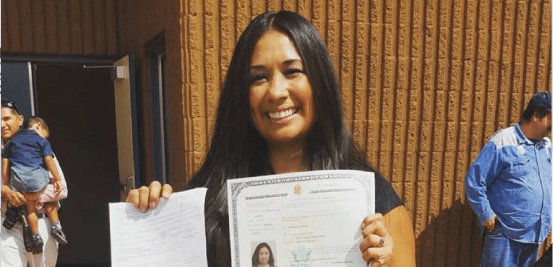The White House published a document on United States strategies to understand and address the root causes of migration in Central America.
At the end of July, after Vice President Kamala Harris visited Mexico and Guatemala weeks ago, the White House published the document "US Strategy to Address the Root Causes of Migration in Central America."
The 20-page document shows five pillars to address the migration situation: addressing insecurity and economic inequality, the fight against corruption, governance, promotion and respect for human, labor, and free press rights, prevention of violence and domestic violence.

“For decades, our nation has been committed to Central America. Often well-intentioned, the commitment has often been inconsistent. And in recent years, the United States has significantly withdrawn from work in the region, ”Vice President Harris explains at the beginning of the document.
The objective of addressing in this way the migration situation in Central America is to make it a democratic region, “prosperous and safe, where people advance economically, live, work and learn with safety and dignity, contribute and benefit from the democratic process, have confidence in public institutions and enjoy opportunities to create your future and your future, your families at home ”.
Additionally, the White House published another document entitled "Collaborative Migration Management Strategy." The strategy, as explained in the document, does not seek to end migration, on the contrary, it seeks to make migration through Mexico and Central America a matter of decision and not of necessity. “See more legal avenues available to those who choose to leave. If people must flee, they would have options to seek protection within their own countries, within the region, or in the United States. "
This strategy is based on eight lines of action:
- Stabilize populations with acute needs
- Expand access to international protection
- Expand access to protection in countries of origin
- Expand third country labor migration programs while improving worker protections
- Help and reintegrate returnees
- Promote safe and humane border management
- Strengthen regional public messaging on migration
- Expand access to legal avenues of protection and opportunities in the United States
In this way, the United States government, led by Kamala Harris, - whom President Biden appointed as the person in charge of migration issues - seeks to establish a strategy that benefits the population of Central America, and eventually Mexico.



















